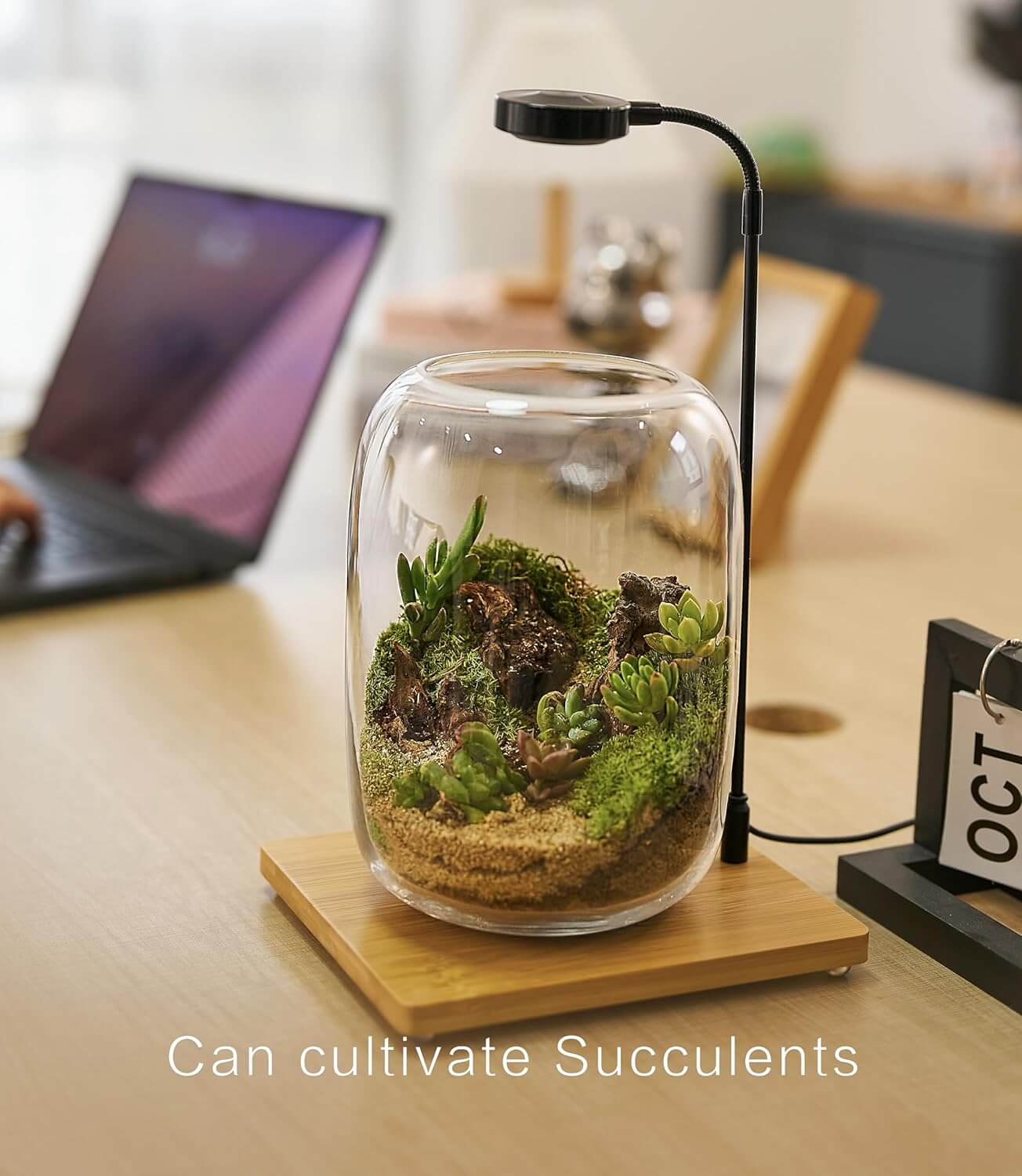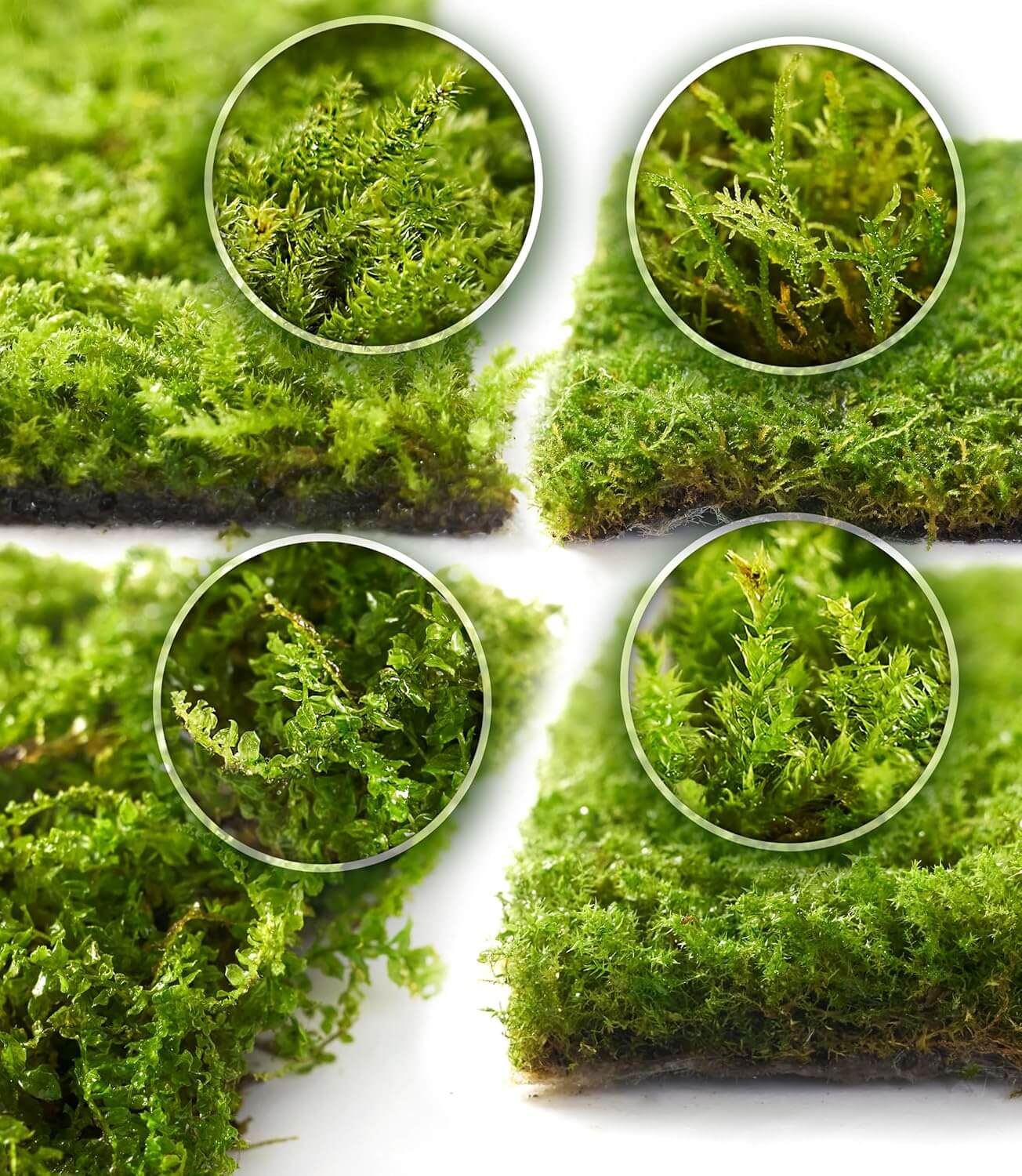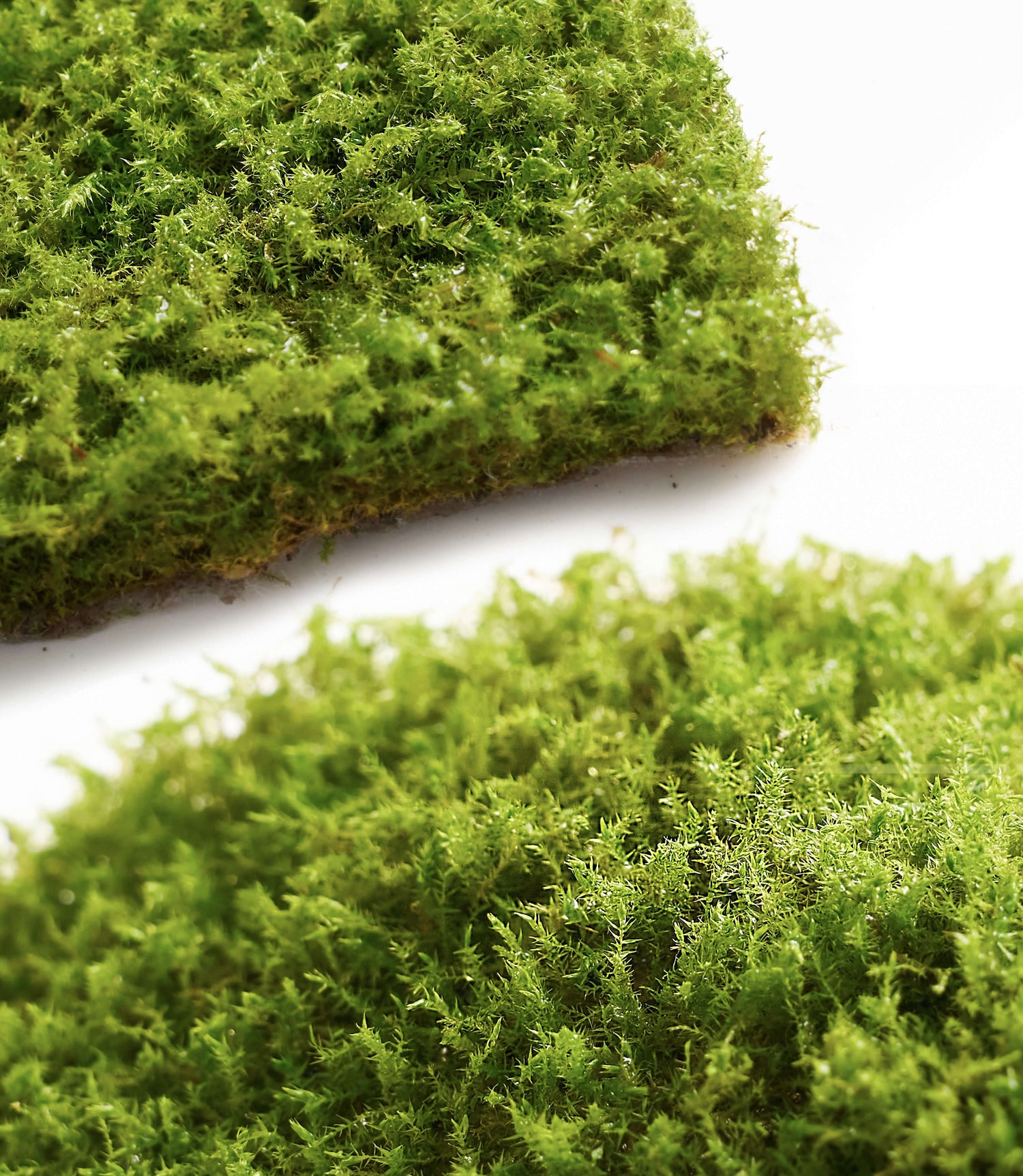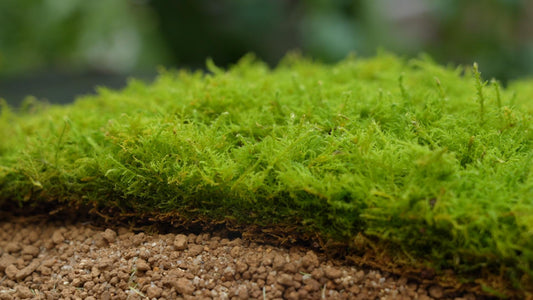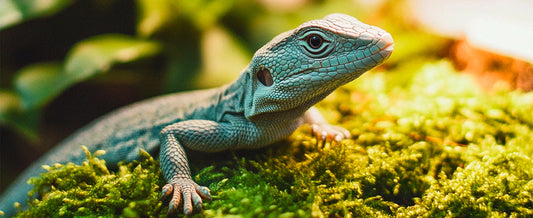48-Hour Live Moss Revival Guide for Healthy Terrariums

Scenario: You've just received a shipment of live moss from a "dry shipment." It's dark in color, has fallen leaves, and looks a bit wilted. Follow this 48-hour process (backed by science) to revitalize your moss faster and reduce the risk of mold.
30-Second Quick View (Urgent Need)
- Pre-hydrate the live moss for 12–24 hours (in high humidity, avoid direct water contact) to allow the moss cells to gradually acclimate. Otherwise, it's like suddenly inflating a deflated balloon, potentially causing damage. → Then, briefly mist or gently soak for 5–10 minutes to significantly improve moss survival and regrowth after drought. In one sample that had been dry for 17 years, survival was approximately 50% with direct watering, while pre-hydration increased survival to approximately 85%.
- Spray before use and avoid prolonged soaking: Pre-spraying not only replenishes moisture but also rinses the leaves. For indoor moss terrarium experiments, spraying is superior to drip irrigation, as fluctuations in humidity throughout the day are more beneficial for mold control.
- Choose purified, distilled, or rainwater: This avoids scaling and stress caused by hard water (tap water in some areas has a high mineral content) or high concentrations of dissolved salts, which can impair moss' respiration and water absorption. Reputable gardening organizations also recommend using this type of water source for living moss.
- The key to mold control lies in the "dry-wet rhythm": Most molds thrive at an air saturation (AW) of approximately 85% or higher. I always ship moss as dry as possible, so upon receipt, it should be subjected to a short high-humidity treatment followed by ventilation.
Detailed steps are below. 48-Hour Revitalization SOP Upon Arrival
Instructions
- Unpack and remove the inner bag. Visually inspect the moss' color and condition: Grade A (green, structurally intact) Grade B (slightly brownish/crisp, but without mold) Grade C (partially white, flocculent mold/unpleasant odor).
- Determine dryness by weighing or feeling (if it's crumbly when squeezed, it's shipped dry).
- Take photos for recordkeeping (for after-sales and self-inspection).
Reason and Evidence
• Dry shipping reduces the water activity upon arrival, naturally inhibiting mold initiation; do not immediately return the system to high aw.
Instructions
- Place a shallow dish of clean water in a covered storage box or plastic greenhouse. Place the moss on a mesh or perforated tray, preventing the leaves from contacting water.
- Close the box and maintain a target relative humidity (RH) of 95–100% and a temperature of 60.8–68°F for 12–24 hours.
Why
• In nature, drought-resistant mosses often encounter moist air before encountering liquid water; experiments have shown that even a few hours of prehydration significantly improves survival and regeneration, and reduces leaf damage (prehydration treatments ranging from <1 hour to 7 days were compared, with 4–24 hours showing the most consistent results).
- Spray with a fine, forward mist for 1–3 minutes. Let sit for 10 minutes, then spray again as needed. My living moss terrarium kit includes a spray bottle for easy access.
- For Grade B samples, gently soak (reverse osmosis/distilled water/rainwater) for 5–10 minutes, then shake well and let dry.
- Spread flat on a ventilation rack and allow to air circulate for 30–60 minutes.
- Closed/semi-closed bio-jars: After planting the live moss, briefly open the lid for 10–15 minutes daily. During the first week, maintain a mist-air rhythm (see above).
- Open ornamentals/moss boards: Place in diffused light at 60.8–68°F (17–20°C). Observe condensation and leaf position to determine how often to water the moss terrarium.
Common Mistakes and Quick Fixes
- Soaking the live moss for extended periods from the start → Leaves lack oxygen, making them more susceptible to mold growth.
- Using tap water for extended periods → Sediment accumulates on the leaves, causing discoloration in the moss terrarium.
- Maintaining a constant humidity throughout the day → Fungus grows rapidly; humidity should be circulated in the live moss terrarium.
References & Further Reading
- Zechmeister HG. et al. (2023) Viability of Living Moss for Indoor Green Walls. Sustainability 15(21):15625.
- Coe KK. et al. (2025) Influence of prehydration events on revival of the dryland moss Syntrichia caninervis desiccated for 17 years. The Bryologist 128(3):487–497.
- Yang Q. et al. (2023) Metabolomic Analysis of Syntrichia caninervis during dehydration–rehydration. Plant & Cell Physiology 64(11):1419–1432.
- FDA BAM (2001/2024 online) Chapter 18: Yeasts, Molds, and Mycotoxins — water activity notes.
- Missouri Botanical Garden — Sphagnum capillifolium Plant Finder (water quality guidance).
- Bourgeois T. et al. (2024) The collembolan Heteromurus nitidus grazes Z. tritici. Pest Management Science.
- Bourgeois T. et al. (2023) Dietary preferences of H. nitidus among wheat fungal communities. Applied Soil Ecology 188:104902.
- INRAE BIOGER (2024) News summary of Bourgeois et al.
- TU Wien Repository (2023) Viability of living moss for indoor green walls — dataset/thesis.


